The Red Kite (Milvus milvus) is one of the most threatened European raptors, listed in the SPEC 2 (rare) category and as Near Threatened on the IUCN Red List. Until the 1960s, the species was widespread in Tuscany and also present in other regions of Central Italy, but due to poaching (shooting and poisoning) only one breeding population of 10 pairs has survived in the Lazio Region (Tolfa Mountain).
In 2007 a restocking programme was started to reestablish a self-sustaining population of red kites in Southern Tuscany. The program is part of the LIFE Nature project Save the Flyers currently managed by the Amiata Grossetana community with the cooperation of the Italian electricity provider, Enel Distibuzione spa. The programme is based on the release of young red kites translocated from nests in Corsica (France) and Fribourg Canton (Switzerland). The juveniles were captured at the age of 4-5 weeks and released in the Upper Albegna Valley (Province of Grosseto) after spending about 45 days in acclimatization aviaries at the CERM Endangered Raptors Centre. Ninety-three juveniles were released in Southern Tuscany between 2007 and 2012.
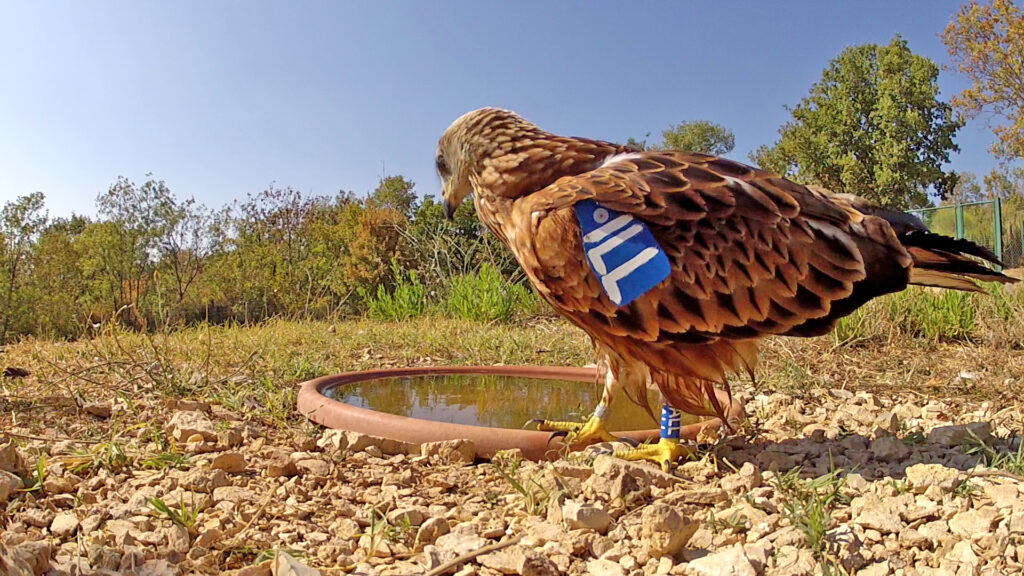
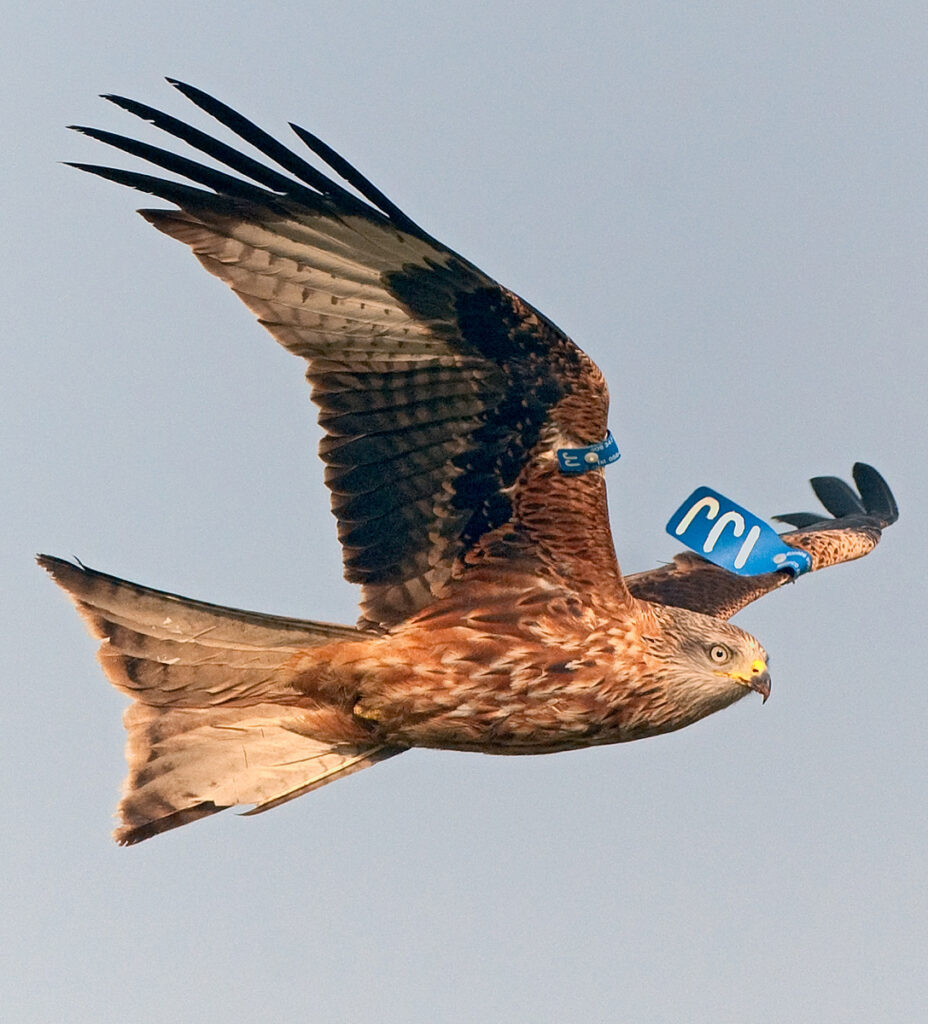
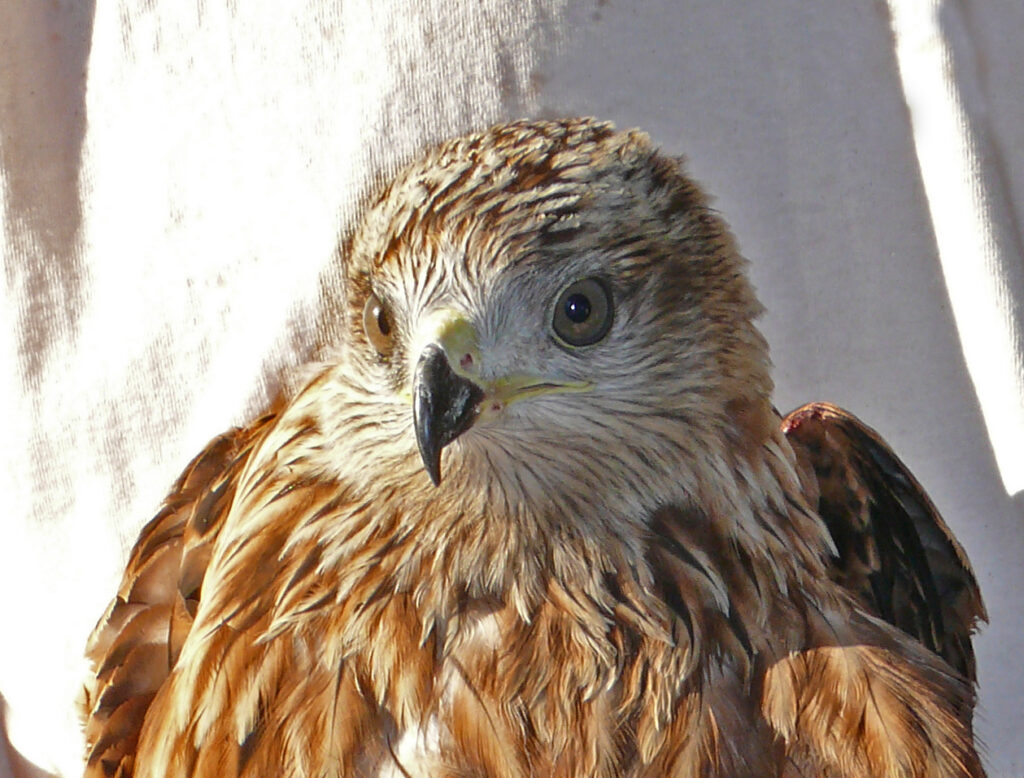
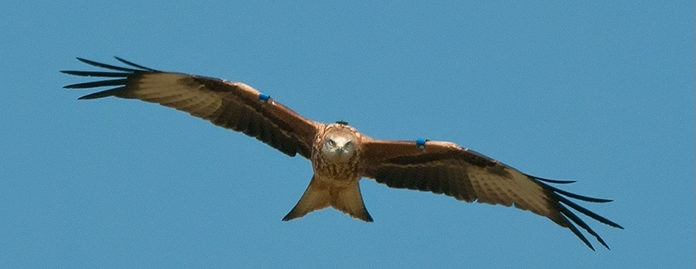
The Red Kite (Milvus milvus) is one of the most threatened European raptors, listed in the SPEC 2 (rare) category and as Near Threatened on the IUCN Red List. Until the 1960s, the species was widespread in Tuscany and also present in other regions of Central Italy, but due to poaching (shooting and poisoning) only one breeding population of 10 pairs has survived in the Lazio Region (Tolfa Mountain).
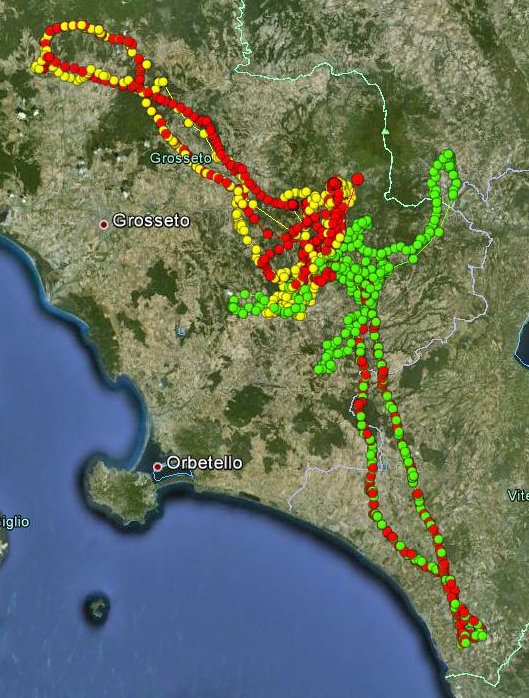
In 2007 a restocking programme was started to reestablish a self-sustaining population of red kites in Southern Tuscany. The program is part of the LIFE Nature project Save the Flyers currently managed by the Amiata Grossetana community with the cooperation of the Italian electricity provider, Enel Distibuzione spa. The programme is based on the release of young red kites translocated from nests in Corsica (France) and Fribourg Canton (Switzerland). The juveniles were captured at the age of 4-5 weeks and released in the Upper Albegna Valley (Province of Grosseto) after spending about 45 days in acclimatization aviaries at the CERM Endangered Raptors Centre. Ninety-three juveniles were released in Southern Tuscany between 2007 and 2012.
Birds released between 2007 and 2011 were fitted with wing tags and tail or back-mounted VHF radiotransmitters. Radio tracking was combined with field observation and video monitoring of the feeding sites. Nevertheless, the landscape morphology of the release site made it difficult to monitor their movements and behaviour as well as locate their nests, so in 2012 the 13 released fledglings were fitted with wing tags and GPS tracking devices of the University of Amsterdam Bird Tracking System (UvA-BiTS). The UvA-BiTS base station was installed in the area of two feeding platforms located near the release site, where food is provided daily. The tracking system will enable us to collect data about home ranges, the location of nests and winter roosting sites, and foraging, watering and other habits.
The majority of the released juveniles have not dispersed with the exception of the fledglings released in 2007 that quickly left the area probably due to their low number (5). Birds released during 2008-2011 show high survival rates: 75,3% in their first year, 92,5% in their second year, 88,5% in their third year and 90% in their fourth year, although at the age of 3 they start losing their wing tags making it very difficult to identify them. The programme’s success is further illustrated by the increase in breeding pairs and nests established by released birds: in 2011 two pairs bred successfully and raised a total of 3 fledglings; in 2012 three nests were found with a total of 5 fledglings; and in 2012 we estimated about 13 breeding pairs. More juveniles will be released in 2013 and 2014, but if this positive trend continues, future releases may be suspended.
Contact persons, funders and participants
Guido Ceccolini guido.ceccolini@gmail.com
Willem Bouten, Universiteit van Amsterdam w.bouten@uva.nl
Unione dei Comuni Montani Amiata Grossetana
LIFE Nature Save the Flyers
